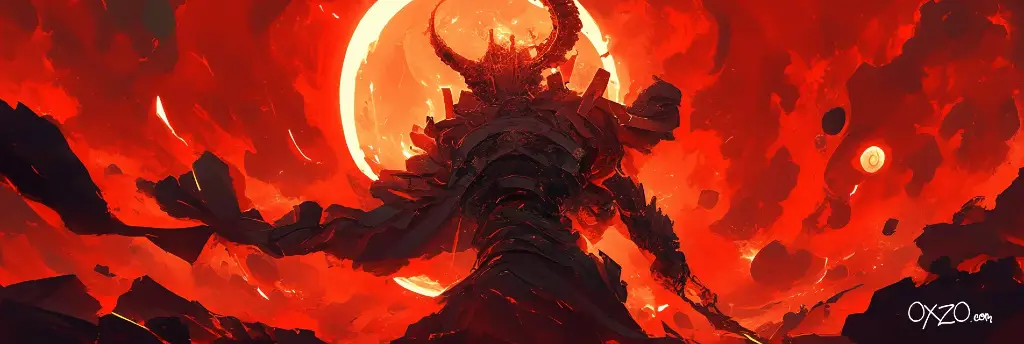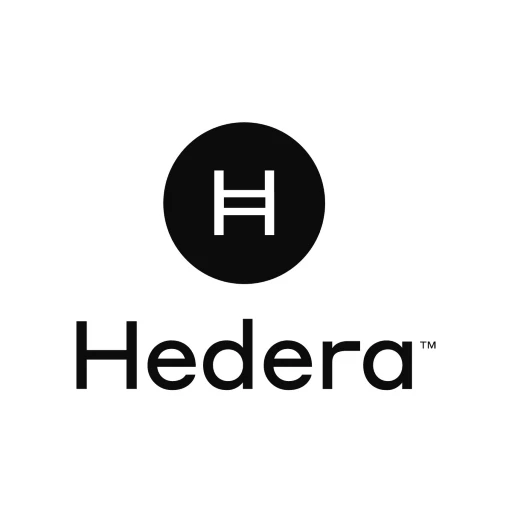Hedera Hashgraph Website
Hedera is a decentralized, open-source, proof-of-stake public ledger distinguished by its use of the hashgraph consensus algorithm, known for being leaderless and asynchronous Byzantine Fault Tolerant (aBFT). This makes Hedera uniquely fast, fair, and secure compared to traditional blockchain technologies. The network was launched on August 24, 2018, marking the genesis of the Hedera Distributed Ledger Technology (DLT). At its launch, all of the HBAR tokens were created, nodes began running, and the network started processing transactions from authorized individuals.

Governance on Hedera is managed by the Hedera Governing Council, an innovative model in the blockchain space. The Council is a decentralized and transparent body comprising independent, global organizations from various sectors, including enterprises, web3 projects, and prestigious universities. The governance model emphasizes collusion resistance, ensuring no single entity has too much control. Council members are responsible for guiding the network’s software changes, promoting stability, and supporting continued decentralization.
The Council not only governs but also fosters the development of the ecosystem through Hedera Improvement Proposals (HIPs), contributed by the community. This approach encourages open-source collaboration and innovation within the Hedera ecosystem, involving developers, node operators, and various organizations. The ecosystem is rich with applications across multiple domains such as DeFi, NFTs, payments, and more, leveraging Hedera’s high throughput, fast finality, low fees, and fair transaction ordering.
Key figures in Hedera’s leadership and governance include individuals with extensive experience across IT, blockchain, investment, and technological innovation. These individuals contribute their expertise to steer Hedera towards its mission of providing a scalable, secure, and governable platform for decentralized applications.
Hedera’s consensus algorithm, network services, and unique governance model position it as a forward-thinking platform in the blockchain space, aiming to address some of the scalability and security challenges faced by earlier generations of blockchain technology. For developers and enterprises alike, Hedera offers a robust foundation for building the next generation of decentralized applications.
Hedera is used by a diverse array of projects across various industries, including decentralized finance (DeFi), non-fungible tokens (NFTs), payments, sustainability, and more. Its users range from innovative web3 applications to Fortune 500 companies, all of whom are building on Hedera to leverage its high throughput, low fee structure, and fast finality. Examples include SaucerSwap, a decentralized exchange; SentX, an NFT launchpad and marketplace; hashport, facilitating the interoperability of digital assets across networks; and Stader Labs, a liquid staking protocol. These projects exemplify the wide applicability of Hedera in enabling next-generation decentralized applications.
Backing Hedera is the Hedera Governing Council, a group of diverse and leading organizations worldwide. The Council’s members are from various sectors, including technology, finance, and academia, ensuring a broad representation of interests and expertise. Notable members include global enterprises such as Google, IBM, Boeing, Deutsche Telekom, LG Electronics, and Avery Dennison, alongside prestigious universities like the London School of Economics (LSE) and the Indian Institute of Technology Madras (IIT Madras). This mix of web3 projects, enterprises, and academic institutions plays a crucial role in the decentralized governance of the network, contributing to its development, stability, and long-term vision.
Hedera uses a proof-of-stake consensus mechanism, allowing node influence on consensus to be proportional to the staked cryptocurrency amount. Staking involves participating to validate transactions and earn rewards, with no lock-up period for staked accounts, meaning they remain liquid. The Hedera Governing Council determines the reward rate, updated on the mainnet. Rewards are triggered by various mechanisms and do not expire but must be collected within 365 days. Hedera’s ledger was launched on August 24, 2018, at which time all HBAR tokens were created, nodes began operation, and it started processing transactions. This marked the beginning of continuous mainnet operation, attracting a growing number of users and developers.
Stablecoins aim to offer a cryptocurrency with stable value, typically pegged to assets like gold or fiat currency. They bridge traditional financial stability with crypto flexibility, favored by both institutional and retail users for their predictability. Hedera’s ecosystem facilitates the development and use of stablecoins, leveraging its efficient and scalable blockchain technology to support various financial activities, including payments and remittances, while promoting broader cryptocurrency adoption.
IBM is a member of the Hedera Governing Council, which plays a significant role in the governance and operation of the Hedera network. Being a council member, IBM contributes to the strategic direction of Hedera, including technology and network policy decisions. Staking your Hedera Hashgraph (HBAR) tokens with a council member like IBM means participating in the network’s proof-of-stake consensus mechanism, which secures the network and processes transactions. Staking with such reputable organizations adds a layer of trust and stability to the network’s operations.
Disclaimer: OXZO has a staking position with IBM in Hedera






